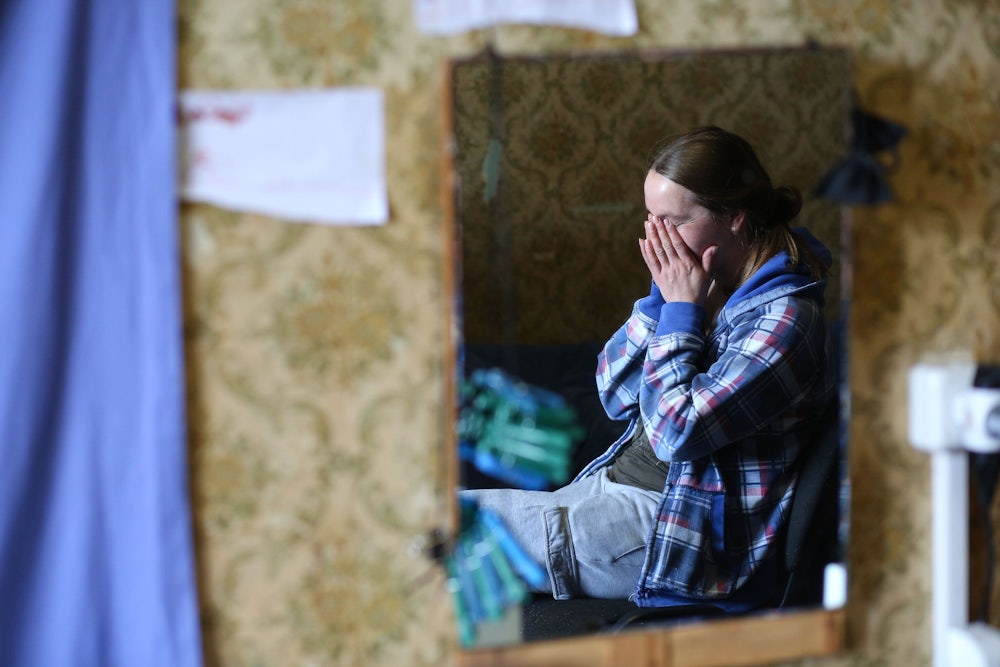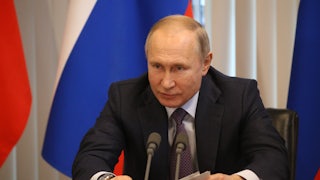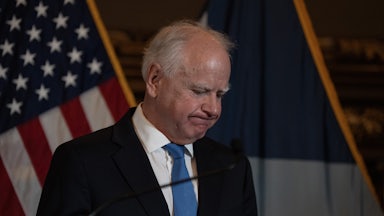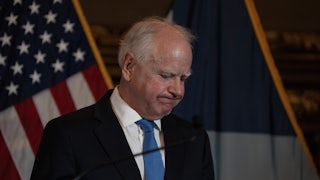Sasha had only just begun planning for her future when the Russian separatists invaded Ukraine. A schoolgirl from an ethnic Russian enclave in the Donbass, an agriculture and coal-mining belt on the eastern border with Russia, she imagined living elsewhere in the region, or perhaps moving to Kharkiv, the country’s second-largest city, in the west.* But then a national uprising, and the occupying pro-Russian forces it encouraged, drove a wedge between her and her hometown.
In late 2013, Ukraine’s government turned its back on a European trade agreement in favor of one with Russia, prompting the so-called Euromaidan protests that came to a head in 2014. Sasha, whose name and hometown are being withheld for her safety, was just 15 as she watched resident separatists wielding clubs and sticks to square off against the Ukrainian nationalists. Feeling newfound patriotism for her country, Sasha painted her nails blue and yellow—mimicking the colors of the Ukrainian flag—and wore similarly colored hair ties.
She paid a price for her show of patriotism. Detained and beaten by secret police, and intimidated and ridiculed by teachers and classmates who sympathized with the Russian invasion, she was now in a foreign land of sorts. Russian-backed forces took control of the Donbass, which split into two internationally unrecognized separatist states; and Russia annexed Crimea, in the country’s south.
“I felt pity for those who died on the Maidan side and felt pity for the Berkut soldiers who died, because they didn’t have a choice,” Sasha told me through a translator, referring to the protesters and the Ukrainian Special Police, respectively. “Then Crimea was seized. And in April 2014, tanks, armored vehicles, rockets came to our town. I saw them at very close distance. I was scared. And then something switched inside me.” Sasha decided to leave for greater Ukraine, hopeful that she’d be welcomed in a city outside the Donbass.
But her life remains unsettled, and she’s far from alone in this regard. There are 854,000 internally displaced persons in Ukraine, the ninth most in the world, according to the United Nations Refugee Agency. Many of them worry about their future, particularly where in the broader Ukrainian society they fit, even after eight years of regional conflict. Some have decided to return to or stay in the Donbass, and found life easier: They receive one pension each from Moscow and Kyiv.
“A fairly large number of people often periodically move between the controlled and uncontrolled territory,” Michael Fomenko, a lawyer with the nongovernmental organization Donbass SOS, told me. He said they move in order to get social benefits and pensions that cannot be received while in the uncontrolled areas of Donbass, where there are no state bodies. Others visit relatives, moving freely because they’ve registered as internally displaced persons, or IDPs, to ease their dual lives. “But not all of those who left on a permanent basis managed to settle down.”
There are many NGOs offering assistance to those within, and displaced from, the Donbass. As elsewhere in the war, a volunteer corps has sprung up in local communities to fill gaps in government and nongovernment assistance. Some researchers, in the infancy of the conflict, believed IDPs were the best hope for establishing peace between Moscow and Kyiv, while building bridges to the West. But Sasha’s story of hardship and disappointment as an IDP, a reality shared by many, does not bear out that hope.
Though Sasha was able to start school in Kharkiv and received status as an IDP, she faced the same hatred and resentment as she did at home—only this time by Ukrainians, the people she had stood up for under occupation. She then had to decide, as thousands of other IDPs across Ukraine did, whether to return home to a life of relative comfort or continue her life in limbo as an IDP.
Three NGOs I spoke with during a recent trip to Ukraine all highlighted three ongoing difficulties for IDPs looking to integrate in greater Ukraine: lack of housing, jobs, and job training, and no school tuition assistance (not to mention the emotional and physical challenge of relocating to government-held areas). “You have to leave everything that you have in your place and just move to another city that you haven’t visited. Without work, friends, familiar surroundings. Without kindergarten or school for children,” Fomenko said. “Without your own home. Just an unplanned mandatory moving.”
“The biggest challenge for people is to get accommodation and proper employment,” Maria Alekseyenko, a program manager at Right to Protection, an organization that provides legal services and protection assistance to 15,000 IDPs, wrote in an email. Part of the problem is that more social welfare is available for Ukrainians who aren’t IDPs. Alekseyenko told me she worried that the latest escalation from Russia would make resources more difficult to obtain and distribute. “If the escalation would actually happen, it could be something along the contact line, and it will result in a new wave of internally displaced persons seeking safety in adjacent regions,” she told me. “We may expect almost a million new displaced people.”
Now 23, Sasha is resigned to her interim life. “There were moments when I doubted my decision to live in Ukraine,” she told me. She continues to struggle to find stable housing and a support network beyond government and nongovernment aid. She looks homeward often, even as she is promised a better life away from the non-government-controlled areas in the Donbass. “I’m scared. I don’t want such a future for my children and for myself,” she said. “I live in fear for myself, for my family. But I want a peaceful future instead of the future they stole from me.”
* This article originally misstated the second-largest city in Ukraine.








